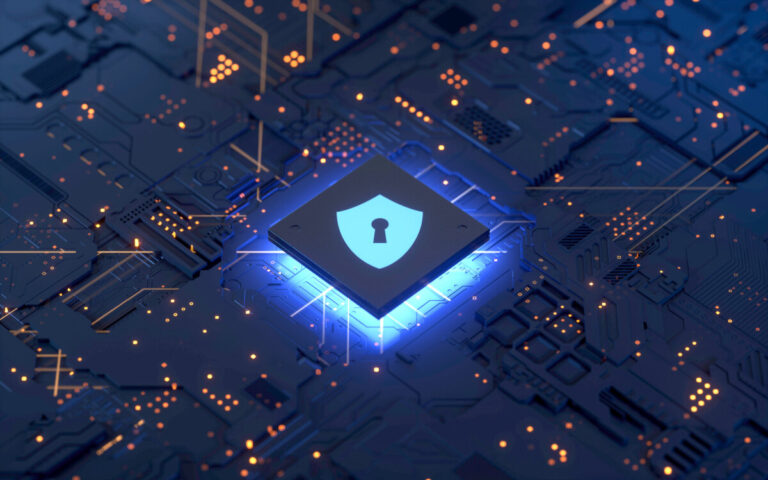Firewalls
Definition
Firewalls are network security devices that control incoming and outgoing network traffic based on predetermined security rules. They can be software or hardware-based, and they create a barrier between a trusted, internal network and untrusted, external networks such as the internet.
How do firewalls work?
Various techniques are used to monitor and filter traffic, including packet filtering, stateful inspection, and application-level gateway. These help prevent unauthorized access and protect against malware and other threats by blocking potentially dangerous traffic while allowing legitimate traffic to pass through.
Different types:
- Network: commonly used to filter traffic at the network level
- Host-Based: more frequently used to filter traffic at the individual device level
- Next-Generation: provide advanced features such as intrusion prevention, application control, and deep packet inspection
- Proxy: put simple, these act as an intermediary between a user and a network
- Stateful: typically used to analyze traffic at the application layer
Each of the above have their own set of capabilities and strengths. In addition to basic traffic filtering, they can provide other security functions, such as, acting as VPNs, intrusion prevention, and content filtering.
While they are an essential component of network security, they are not fool proof and should be used in conjunction with other security measures, such as antivirus software and security awareness training for employees.
If you are interested in this topic, consider visiting our protect section where you can find all sorts of invaluable cybersecurity related content.
You can also follow us on LinkedIn and Twitter to ensure you don’t miss out on the latest news and features.

Guards vs Firewalls: Ensuring Secure Data Transfer
Learn when software guard technology may be a better solution than available firewall technologies. Government and commercial entities are constantly on alert to prevent and…

The Future of the Firewall
Achieving a stronger posture today while building a bridge to meet tomorrow’s business and security demands The purpose of this white paper is to discuss…

Securing traditional and cloud-based data centers with next-generation firewalls
As organizations evolve from traditional data centers to virtualized and cloud computing environments, security architectures must support the changing set of requirements. This includes not…

How to solve 7 critical security problems with ETM
As the use of SSL/TLS encrypted communications grows, so does risk due to hidden threats. To minimise risk, businesses deploy next-gen firewalls, intrusion prevention systems,…